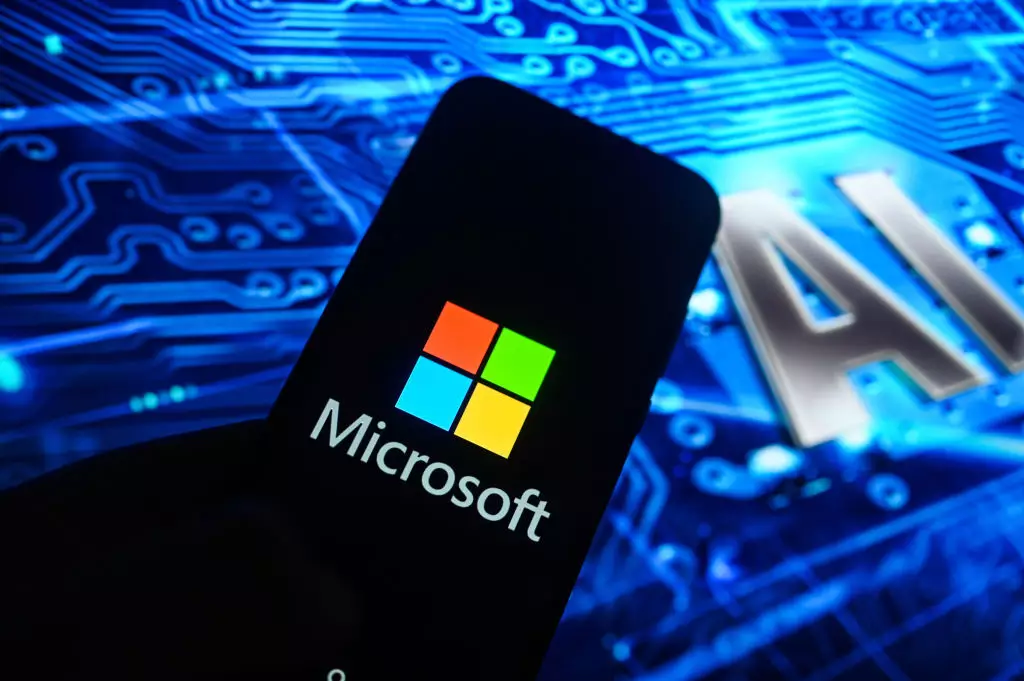Microsoft’s upcoming Build developer conference, scheduled from May 19 to 22, is stirring significant excitement within tech circles, particularly around its artificial intelligence (AI) advancements. As the digital landscape accelerates, Microsoft finds itself at the forefront of integrating AI solutions into its expansive product ecosystem. The 2023 conference aims not just to showcase new technologies but also to address the pressing need for innovation in an increasingly competitive digital marketplace.
Last year’s event provided a glimpse into the company’s strategic direction, with announcements such as the incorporation of the Copilot feature into Microsoft Teams and enhanced capabilities for AI-powered PCs. This year, the spotlight is expected to shine even brighter on Copilot, with anticipated upgrades that could redefine user interactions across both consumer and enterprise applications. The anticipation is palpable, and tech enthusiasts are ready to see if Microsoft can indeed elevate its AI functionalities to meet the evolving demands of users.
Pricing Strategies and Market Competition
One cannot overlook the context of Microsoft’s pricing changes, having implemented a 5% increase in various software offerings, including its popular Microsoft 365 suite. Consequently, the focus on delivering enhanced AI-driven features during Build is critical. These features not only serve to justify price hikes but also position Microsoft competitively against rising challengers in the tech arena. By integrating AI deeper into its services, Microsoft aims to deliver tangible value that resonates with both individual users and large organizations.
The potential for new AI capabilities can also be seen as a proactive measure in response to market conditions as well as internal dynamics involving OpenAI. Microsoft’s reported exploration of alternative AI models—from xAI to Meta and Anthropic—illustrates a pivot toward broadening its technological partnerships and reducing dependency on any single entity. This shift not only indicates resilience but also an ambition to steer the narrative of AI in a direction that aligns with Microsoft’s strategic aspirations.
The Future of Copilot: A New Era of Automation
A significant development in the works is the possibility of introducing “agentic” functionality to Copilot. This enhancement could empower the software to undertake routine PC tasks autonomously, marking a leap toward an automated user experience. The discovery of an “Action button” by notable leaker TestingCatalog raises intriguing questions about how interactions with Windows could evolve. Simplifying everyday tasks through automated processes has the potential to revolutionize how users engage with their devices, freeing up valuable time and resources.
Moreover, Microsoft’s initiative to launch its family of AI models, dubbed MAI, positioned for competitive performance against OpenAI offerings, further indicates a strategic expansion of capabilities that will likely be unveiled during Build. There’s speculation surrounding a new entity known as “Maia 2,” which reflects Microsoft’s commitment to continuous innovation and development in AI technologies. With a contract with Marvell for its production, the anticipation surrounding Maia 2 could lead to substantial shifts in the landscape of AI functionalities.
Microsoft’s Build 2023 conference promises a pivotal moment for the company as it accelerates its AI strategies and solidifies its position in a rapidly changing tech ecosystem. The advancements in Copilot and the unveiling of new models signal not just a response to market demands, but a promise of an innovative future that elevates user experiences across the board. The tech world is watching closely, and the upcoming announcements could very well reshape the way we interact with technology for years to come.

